#RTC2019
@j19sch
testing
our testing types
testing type or test type?
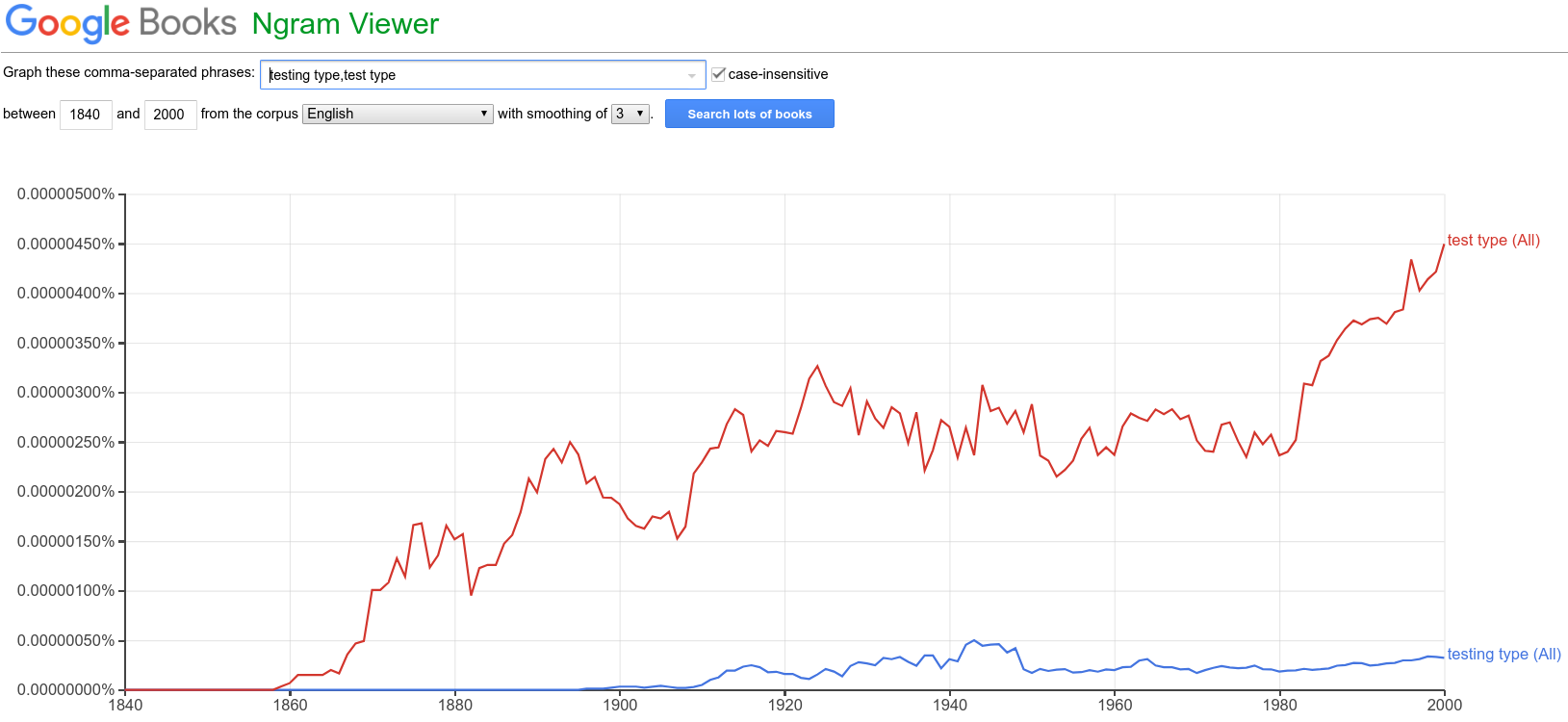
testing our testing types
"experience in functional testing, whitebox testing, regression testing, mobile testing and UI testing"
"we should do integration testing"
is it really that difficult?
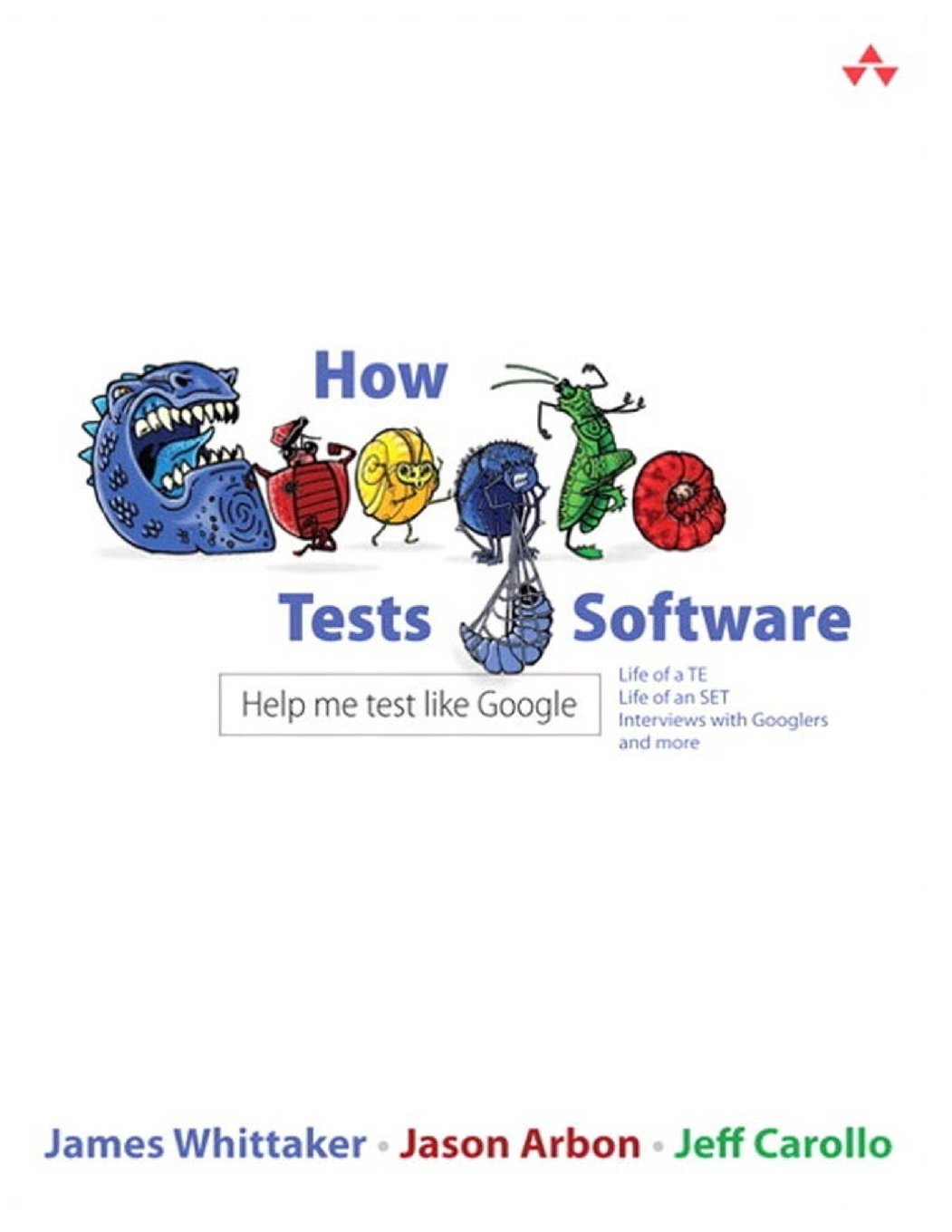
"Instead of distinguishing between code, integration, and system testing, Google uses the language of small, medium, and large tests, emphasizing scope over form."
How Google Tests Software - Whittaker, Arbon, Carollo
testing our testing types
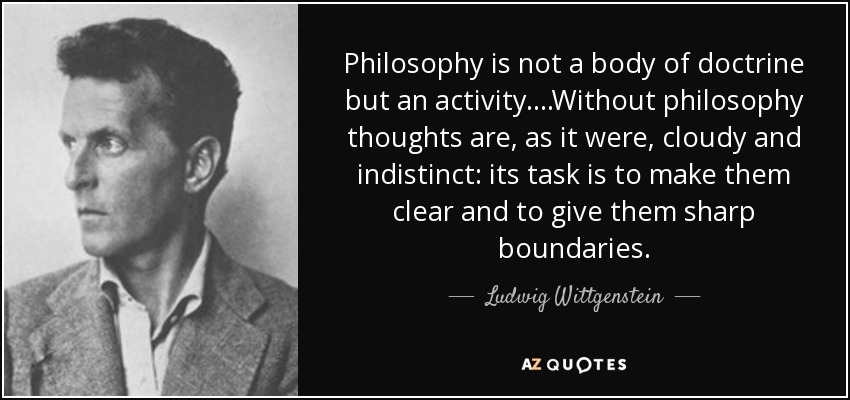
definitions

definitions
integration testing
Testing performed to expose defects in the interfaces and in the interactions between integrated components or systems.
regression testing
Testing of a previously tested component or system following modification to ensure that defects have not been introduced or have been uncovered in unchanged areas of the software, as a result of the changes made.
negative testing
Tests aimed at showing that a component or system does not work. Negative testing is related to the tester's attitude rather than a specific test approach or test design technique, e.g., testing with invalid input values or exceptions.
source: ISTQB Glossary
definitions all the way down
black-box testing
Testing, either functional or non-functional, without reference to the internal structure of the component or system.
definitions all the way down
black-box testing
Testing, either functional or non-functional, without reference to the internal structure of the component or system.
component
A minimal part of a system that can be tested in isolation.
system
A collection of interacting elements organized to accomplish a specific function or set of functions.
definitions all the way down
black-box testing
Testing, either functional or non-functional, without reference to the internal structure of the component or system.
(non-)functional testing
Testing conducted to evaluate the compliance of a component or system with (non-)functional requirements.
compliance
The capability of the software product to adhere to standards, conventions or regulations in laws and similar prescriptions.
functional requirement
A requirement that specifies a function that a component or system must be able to perform.
non-functional requirement
A requirement that describes how the component or system will do what it is intended to do.
definitions all the way down
black-box testing
Testing, either functional or non-functional, without reference to the internal structure of the component or system.
testing
The process consisting of all lifecycle activities, both static and dynamic, concerned with planning, preparation and evaluation of software products and related work products to determine that they satisfy specified requirements, to demonstrate that they are fit for purpose and to detect defects.
definitions
relations between concepts
assume a starting point of knowledge
opposites

opposites
white-box vs black-box testing
functional vs non-functional testing
dynamic vs static testing
scripted vs exploratory testing
negative vs positive testing
terms without opposite
agile testing
developer testing
regression testing
opposites
explore meaning through what something isn't
what does it mean if there is no opposite?
danger of false dichotomies
Wittgenstein

Wittgenstein
26 April 1889: born in Vienna
1906 - 1911: studies engineering in Berlin and Manchester
1911: arrives in Cambridge to study philosophy with Bertrand Russell
1914-1918: fights for the Austrian army on the Russian and Italian front
1919: finishes Tractatus Logico-Philosophicus
1919: becomes a school teacher
1921: Tractatus Logico-Philosophicus published
Tractatus Logico-Philosophicus
sense - the empirical
propositions corresponding to a state of affairs in the world
senseless - the logical
tautologies and contradictions
nonsense - the transcendental
art, ethics, values, aesthetics, philosophy, meaning of life and religion
philosophy is solved!
all the elements
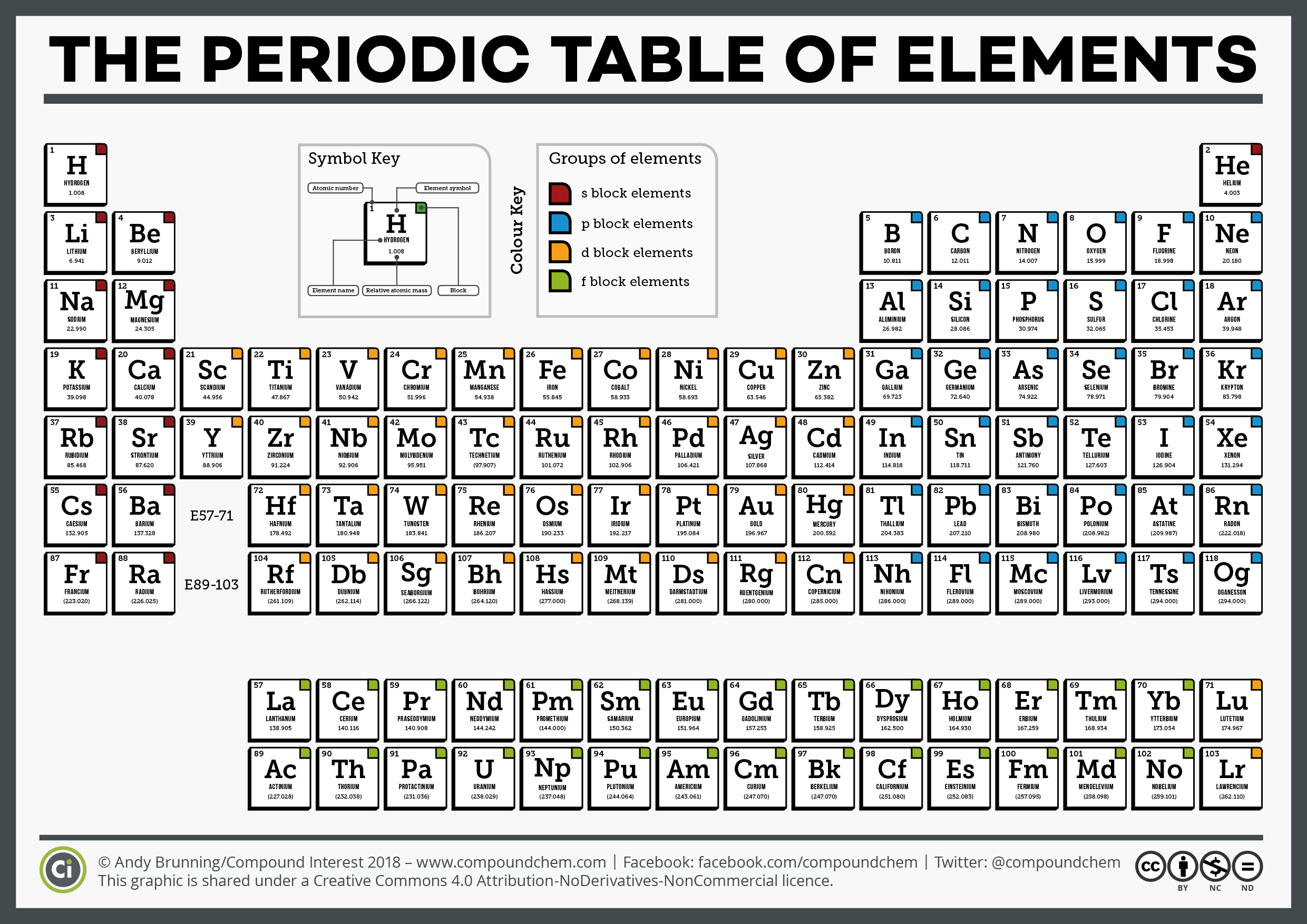
all the elements
quality characteristic testing
performance, security, functional, accessibility, usability
device type testing (?)
desktop, mobile, tablet, browser, mainframe testing
all the elements
unit testing
unit - component - system - integration - end-to-end
unit - api - ui
test automation pyramid
here be pyramids - Joris Meerts
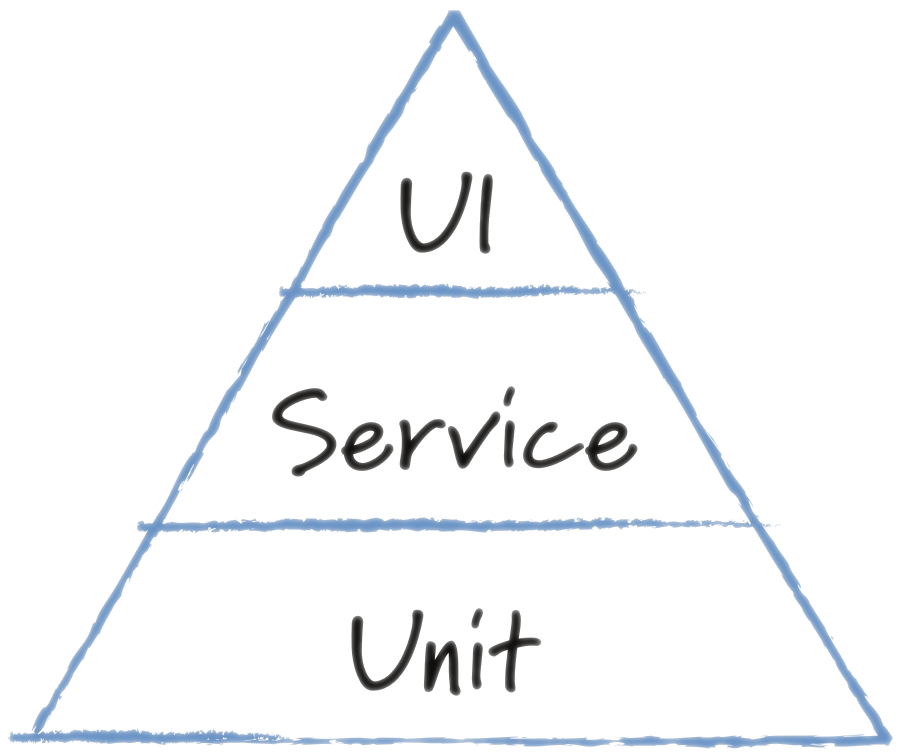
all the elements
elements in a category clarify each other's meaning
in what way are they the same?
in what way are they the different?
combinations

combinations
manual unit testing
manual API testing
automated usability testing
combinations
scripted user acceptance testing
static integration testing
white-box end-to-end testing
combinations
dynamic functional whitebox regression mobile UI exploratory pair testing
combinations
combine testing types and see what happens
is the result
obvious?
curious?
weird?
wrong?
... ?
Wittgenstein

Wittgenstein
1929: returns to Cambridge, starts lecturing in 1930
1936-1937: writes most of part I of Philosophical Investigations
1938: becomes German citizen (Anschluss), applies for British citizenship
1939: elected Professor of Philosophy at Cambridge (resigns in 1947)
1941-1944: works as a hospital porter and as a laboratory assistant
1947-1949: writes Part II of Philosophical Investigations
28 April 1951: dies in Cambridge (aged 62)
1953: Philosophical Investigations published
the problem with the Tractatus
the problem
The statement that a point in the visual field has two different colours at the same time is a contradiction.
The logical product of two atomic propositions can neither be a tautology nor a contradiction.
the 'solution'
Not all atomic propositions are logically indepent of each other.
the result
The logical is no longer a clear boundary and the whole theory comes crashing down.
Philosophical Investigations
"[...] we are committed to a faulty view of language, one that thinks that, to every meaningful word there must correspond some object " - Ray Monk
five red apples (PI 1)
names of numbers, names of colours, names of objects
the beetle in the box (PI 293)
pain and private languages
a behavior theory of language
"[...] a radical break with the idea that language always functions in one way, always serves the same purpose: to convey thoughts - which may be about houses, pains, good and evil, or anything else you please." (PI 304)
"For a large class of cases of the employment of the word 'meaning' - though not for all - this word can be explained in this way: the meaning of a word is its use in language." (PI 43)
more Wittgenstein
How to read Wittgenstein
- Ray Monk
Wittgenstein, The duty of genius
- Ray Monk
Wittgenstein's Vienna
- Allan Janik and Stephen Toulmin
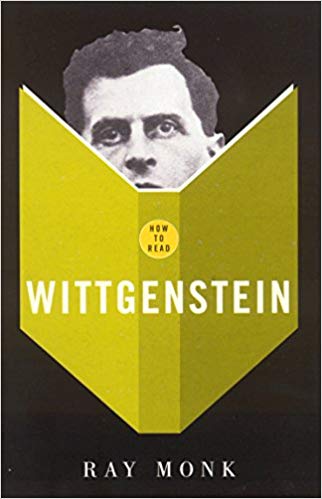
software development model
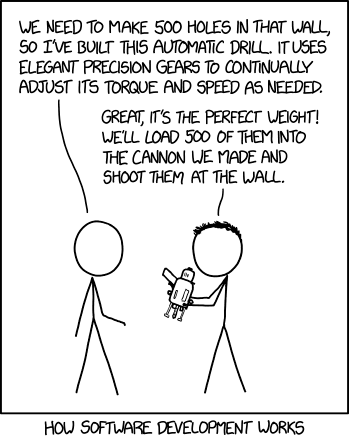
software development model
V-model acceptance testing
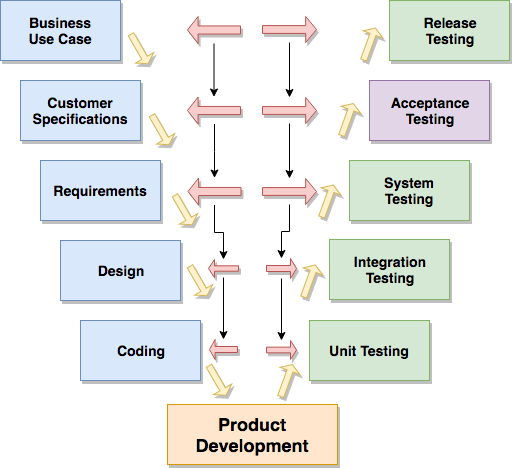
acceptance test-driven development (ATDD)
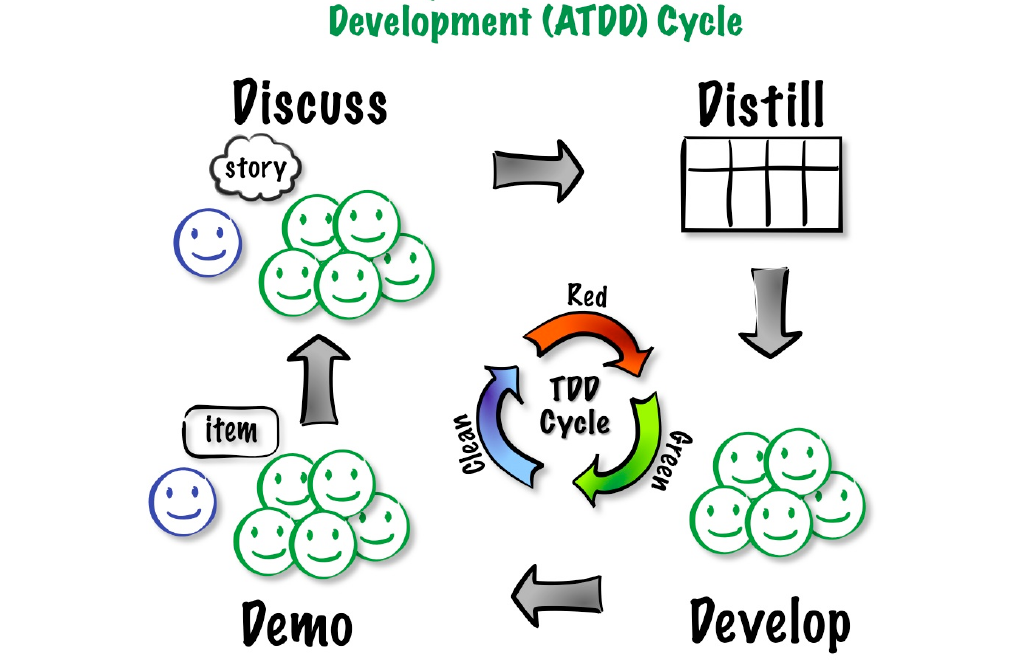
software development model
agile testing
developer testing
automated testing
software development model
testing types do not exist on their own
part of an approach to software development
social aspects

social aspects
pair testing
mob testing
crowd testing
social aspects
end-to-end testing
black-box testing
technical testing, automated testing
security testing
social aspects
language does not exist outside of the social
testing types affect how people interact
wrap-up
"X" testing
anything can be "X"
so the meaning of "X" testing can be anything
most of the time, meaning is usage
today's heuristics
- definitions
- opposites
- all the elements
- combinations
- software development method
- social aspects

